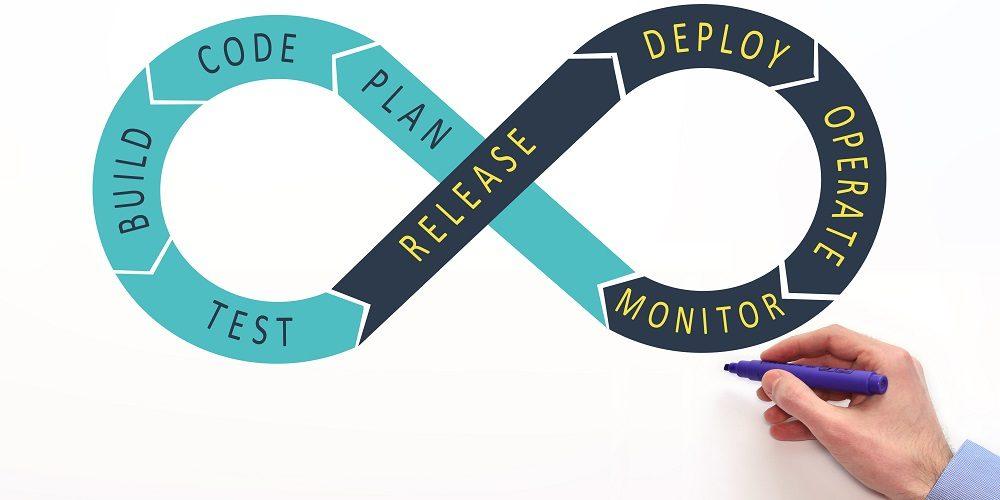Tech
DevOps Performance Testing – How? -Lemony Blog

DevOps seeks to eliminate the obstacles that impede enterprises from rapidly delivering and updating their systems. Today, we want to make improvements to help users complete tasks more quickly and accelerate the rate of change. This change necessitates minimizing the time between conception and delivery, a component of the push toward continuous delivery.
A DevOps environment necessitates more automation and shorter development cycles. Testing performance is difficult and time-consuming since it involves human intervention. How can we achieve reliable and comprehensive performance tests in this fast-paced context, and how can performance testing tools interface with a DevOps toolchain?
Table of Contents
An Overview Of Performance Testing In DevOps
Businesses continue to adopt DevOps to expedite release cycles and improve product quality in less time. This DevOps model encourages team collaboration to help enhance the quality of the app and customer satisfaction. DevOps lifecycle stages include continuous testing, integration (CI), and continuous delivery (CD).
DevOps performance testing typically plays a crucial part in ensuring the deployment of high-quality software in less time. Additionally, continuous and automated performance testing is incorporated into the continuous delivery pipeline to run performance testing in DevOps. At each level of the DevOps lifecycle, you must follow several actions to implement performance and load testing. Here are four strategies to assist with automating mobile app performance testing.
1. Know Which Tests To Automate
Technology can impede the launching of performance testing and DevOps. Developers can find countless protocols, tools, and integrations distracting. Instead, you should set these aside and ask fundamental questions like; Which of your performance tests can you consider for automation? Which of your tests are essential to the performance validation or invalidation of a build or release?
Knowing which tests are perfect for AI testing will save you time and resources. By automating essential tests, you can ensure your development team focuses on leveraging automation test results to fix issues and build applications that provide top-notch performance.
2. Save A Baseline
Comparing a new software build to a historical baseline measurement is common in DevOps, CI, and CI contexts. The starting point could be a predetermined collection of historical outcomes or the current live production version’s performance metrics.
We can generate alarms and investigate the issue if performance drops below a predetermined threshold compared to a baseline. On the other hand, a minor adjustment to the tune yields a substantial improvement in efficiency. In any case, having a reference point will make it much easier to interpret the findings of the tests.
3. Define What Success And Failure Look Like
There must be a well-defined success and failure criteria for each test before automation may begin.
For your tests, you could aim for the following outcomes:
Response time: a maximum response time per transaction or an average response time for numerous transactions, which, if exceeded, will designate a test as failing.
Error rate: establishing an acceptable error rate for every transaction. If you notice a decrease in the error hit rate when measured per second, this will mean that the server can handle fewer requests. You can then investigate this matter further.
Average throughput: The average throughput, defined as the average amount of bytes received by virtual users from the server in a second, might help pinpoint server issues causing unnecessary data transfer.
Server CPU or RAM: When it comes to the server’s CPU or RAM, ensuring it doesn’t exceed a specific limit might prevent crashes and slowdowns.
4. Agree On The Roles And Procedures Of The Team For Result Analysis
By incorporating performance testing into DevOps, you include more organizations and individuals not previously involved in load testing. For example, stakeholders not involved with the test group will be interested in a software build if you don’t deploy it because it failed its performance test.
To enable a seamless exchange between multiple individuals, define the mechanisms, tools, and processes that various groups can access. This strategic approach will help these teams efficiently receive reports and test results and view essential details.
Conclusion
Performance processes in a DevOps organization should be highly automated, and maintaining these processes should require minimal effort – this requires technical skills in scripting and automation, business skills in creating and embedding processes, and interpersonal skills for fostering a performance-driven culture within the organization.
Once you embed performance testing in DevOps, the business benefits should be readily apparent. You will notice a marked improvement in the code delivery while meeting non-functional requirements. Fewer incidents will occur in production, allowing the team to devote more time to development and further increase velocity. As the system becomes efficient, the production and development costs of the environment will decrease.
Software testing tools like Head Spin can help you perfect your DevOps testing requirements. The Head Spin platform enables performance testing by giving you access to real devices worldwide. You can use these SIM-enabled devices to get accurate performance results and fix significant issues.
Read this Article Also: Get Updated Oracle 1Z0-1109-22 Dumps For Quick Pass

-

 Business3 years ago
Business3 years agoHow to Do Long-Distance Moves with Children
-

 Travel2 years ago
Travel2 years agoQuick Guide: Moving To Santa Rosa?
-

 Real Estate3 years ago
Real Estate3 years agoWhy Dubai Festival City is a Great Neighbourhood for Young Learners
-

 Business3 years ago
Business3 years agoIs Guest Posting a Good Inbound Marketing Strategy?
-

 Business1 year ago
Business1 year agoThe Ultimate Guide To Thriving In Your Printing Franchise
-

 Business1 year ago
Business1 year agoExploring The Benefits And Challenges Of Restaurant Franchising
-

 Tech3 years ago
Tech3 years agoCyber Table That Will Change Your Life
-

 Lifestyle1 year ago
Lifestyle1 year agoDallas’ Hidden Gems: 6 Must-Try Restaurants Off The Beaten Path!









Recent Comments